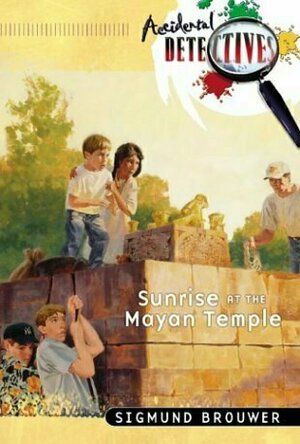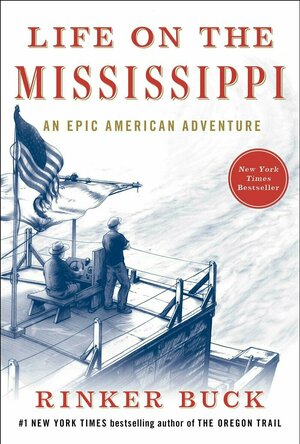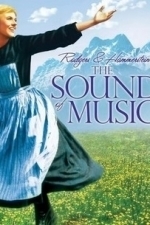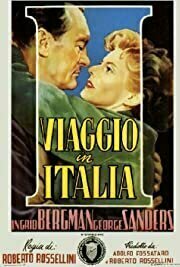
Erased: Vanishing Traces of Jewish Galicia in Present-Day Ukraine
Book
In Erased, Omer Bartov uncovers the rapidly disappearing vestiges of the Jews of western Ukraine,...
Mark @ Carstairs Considers (2456 KP) rated Sunrise at the Mayan Temple in Books
May 18, 2020
Normally, I love this series, but this is definitely the weakest book. The mystery starts slowly with a travelogue as Ricky and the gang head south. Once the plot does begin, it moves quickly, but Ricky has to have much of it explained to him at the end. He does have a few insights, but not the usual ones that solve the case. The short story used to introduce the plot also causes some issues with the book overall, ignoring some of Ricky’s drive for justice we’d normally see. It twists the broader story instead of just introducing it. Fortunately, the characters are as wonderful as always, and I enjoy spending time with them. It also has some funny moments, including a great running gag. If you are already a fan, you’ll want to pick up this book, but if you are new to the characters, start with one of the earlier, better ones.
Mark @ Carstairs Considers (2456 KP) rated Life on the Mississippi in Books
Feb 22, 2023 (Updated Feb 22, 2023)
The idea of a trip like this appealed to me, so I sat down to read this with high hopes. Sadly, it wasn’t quite as good as I’d hoped it would be, mostly thanks for things the author put in he didn’t need to. There was more history than I was expecting; I was expecting more of a travelogue. That’s on me, although I did find much of this interesting if a little too long. However, I didn’t need all the biographical sketches about Rinker. I feel like some of that was his grieving process over having recently lost his mother. It would make for good reading, but in a different book. He also seemed to want to inject politics into the book where it didn’t need to be, and his attitude was very smug when this came up, even condescending at times. However, when he was actually describing the river and talking about what it took to navigate it, I was enthralled. I never thought about what it would take. The stories about some of the people he met along the way were good as well. The end result was a mixed bag.
RəX Regent (349 KP) rated The Sound of Music (1965) in Movies
Mar 7, 2019
It is on that hilltop that we meet Maria, Julie Andrews, as she sings her way around the hills and Austria, unable to contain her musical aspiration or free spirit. We soon learn that she is finding it difficult to find her way as a nun, and is sent to work as a governess for Christopher Plummer's, Capatin von Trapp's, seven children.
Once there, she manages to endear herself to the family and well, the rest is history. The film is based on a true story but there a are several differences, mainly surrounding the political situation to added effect and the names and ages of the children to name but a few.
In the end the film looks great, with the von Trapp's villa set in a glorious location in Austria, relaxing a peaceful. There is a great sense of the family's interaction and growing bonds, both with the children and the Captain, whilst there is a gentle threat and tension from the baroness, the third party in the love triangle within the film, but there is little nastiness within the film, with the exception of the Nazi element, obviously.
With memorable songs, beautiful surroundings and great direction from Robert Wise, this has more than earned its place within the annuls of Hollywood greatness and will no doubt continue to flourish for generations to come, as timeless is not the word.

The Porcelain Thief
Book
In 1938, with the Japanese army approaching from Nanking, Huan Hsu's great-great grandfather, Liu,...
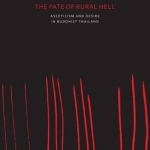
The Fate of Rural Hell: Asceticism and Desire in Buddhist Thailand
Book
In 1975, when political scientist Benedict Anderson reached Wat Phai Rong Wua, a massive temple...
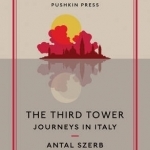
The Third Tower: Journeys in Italy
David Pearson, Antal Szerb and Len Rix
Book
A typically brilliant, ironic and moving travelogue by one of the twentieth century's greatest...
Richard Hell recommended Journey to Italy (1954) in Movies (curated)

I Didn’t Do It for You: How the World Betrayed a Small African Nation
Book
One small East African country embodies the battered history of the continent: patronised by...
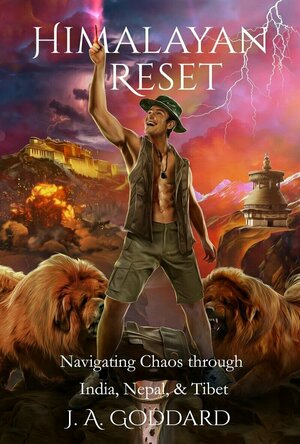
Himalayan Reset: Navigating Chaos through India, Nepal, and Tibet
Book
A regular guy, a pre-midlife crisis, and four months in the Himalayas - What could possibly go...
Travel Travelogue Memoir Outdoors
